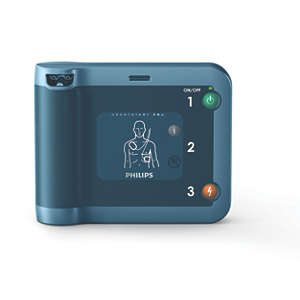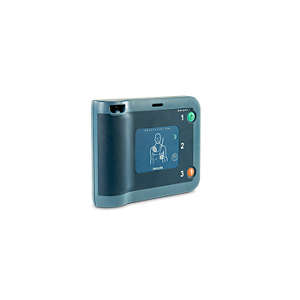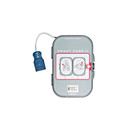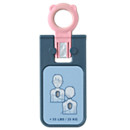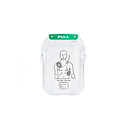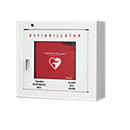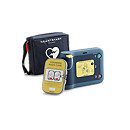1. Nichol, G., Sayre, M. R., Guerra, F., & Poole, J. (2017). Defibrillation for Ventricular Fibrillation: A Shocking Update., 70(12), 1496-1509. Journal American College of Cardiology doi:10.1016/j. jacc.2017.07.7782. Eftestol, T., Sunde, K., & Steen, P. A. (2002). Effects of
interrupting precordial compressions on the calculated
probability of defibrillation success during out-of-hospital
cardiac arrest. Circulation, 105(19), 2270-2273. doi:10.1161/01.
CIR.0000133323.15565.753. Yu, T., Weil, M. H., Tang, W., Sun, S., Klouche, K., Povoas, H., & Bisera,
J. (2002). Adverse outcomes of interrupted precordial compression
during automated defibrillation. Circulation, 106(3), 368-372.
doi:10.1161/01.CIR.0000021429.22005.2E4. Snyder, D., & Morgan, C. (2004). Wide variation in cardiopulmonary
resuscitation interruption intervals among commercially available
automated external defibrillators may affect survival despite
high defibrillation efficacy. Critical Care Medicine, 32(9 Suppl),
S421-S424. doi:10.1097/01.CCM.0000134265.35871.2B5. Edelson, D. P., Abella, B. S., Kramer-Johansen, J., Wik, L., Myklebust,
H., Barry, A. M., . . . Becker, L. B. (2006). Effects of compression depth
and pre-shock pauses predict defibrillation failure during cardiac
arrest. Resuscitation, 71(2), 137-145.
